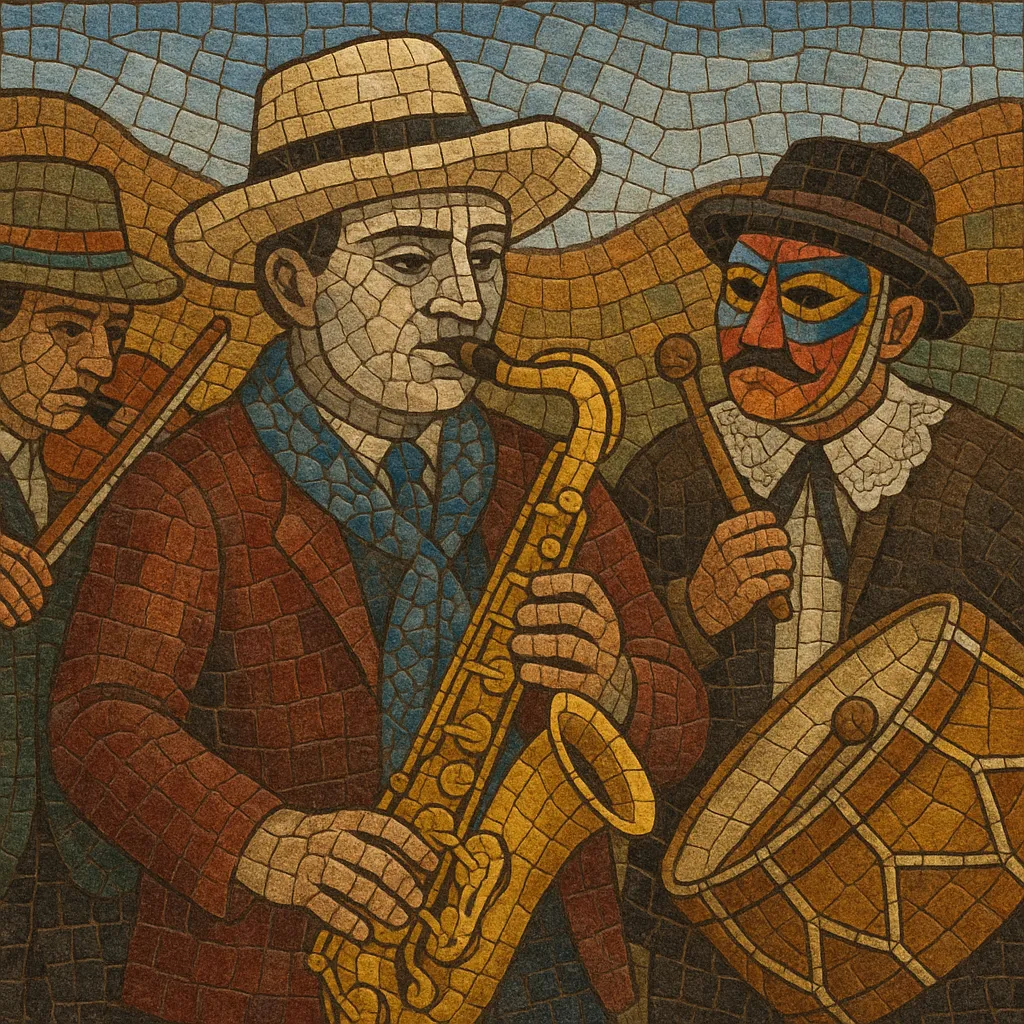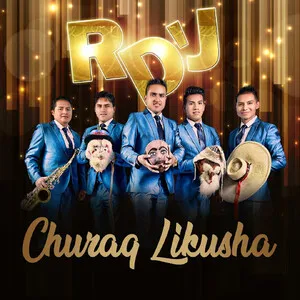Tunantada is a traditional Andean music-and-dance genre from the Mantaro Valley in Peru, especially centered in the city of Jauja (Junín). It accompanies a festive, satirical dance in which masked performers portray colonial-era characters—most notably the Spanish “chapetón”—to both celebrate and critique the social hierarchies of the past.
Musically, tunantada is performed by orquesta típica (regional wind-and-string ensembles) that foreground clarinets and saxophones, supported by violins, brasses, harp or guitar (in some lineages), and a marching-style percussion battery of bombo, redoblante (snare), and platillos (cymbals). The pieces often have a dignified, processional lift reminiscent of European marches and pasodoble while maintaining Andean melodic contours and ornamentation.
Tunantada arose in the central highlands of Peru (Jauja, Junín) during the 1800s. It developed in a context where Andean musical practices met colonial and early republican influences. The dance’s masked characters—particularly the elegantly dressed Spanish “chapetón”—reflect the satirical spirit of the genre, poking fun at colonial elites while preserving Andean communal celebration.
By the late 19th and early 20th centuries, the orquesta típica of the Mantaro Valley had stabilized around clarinets and saxophones (later including trumpets/trombones in some ensembles), violins, and percussion. The pieces commonly use duple meters with a stately, processional feel, blending European march/pasodoble pacing with Andean melodic ornamentation, call-and-response phrasing, and tonal harmonies.
Tunantada is closely tied to January festivities honoring San Sebastián and San Fabián, when comparsas (troupes) compete and parade in Jauja and surrounding districts like Yauyos and Huaripampa. These events helped transmit the repertoire, choreography, and costuming across generations, turning tunantada into a cultural emblem for the region.
In the 20th and 21st centuries, tunantada spread via radio, recordings, and regional festivals, while retaining its local identity. Cultural organizations and municipal institutions have promoted it as heritage, and orquestas típicas have modernized instrumentation and arrangements without losing the genre’s characteristic cadence and satire.



